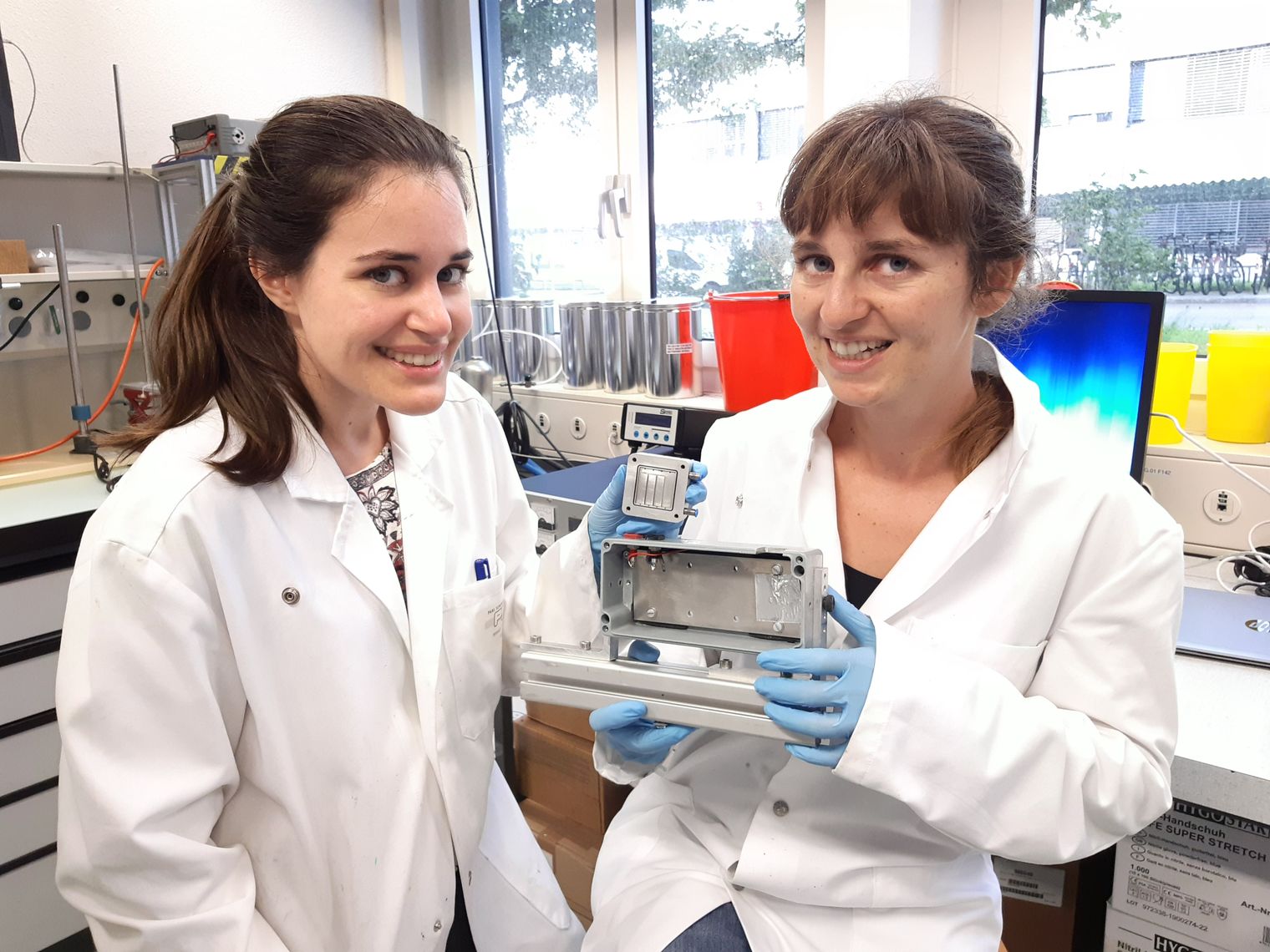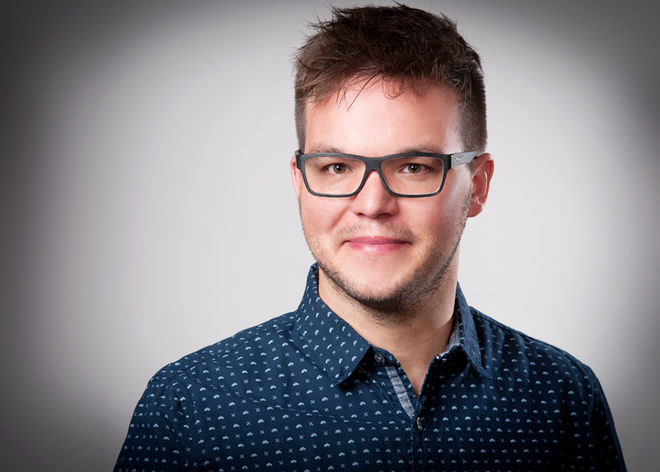
A group of international researchers, headed by ESS in-kind partners from the Paul Scherrer Institut (PSI) in Switzerland, have developed an improved imaging method that allows the quantification of hydrogen for different states of water — i.e., liquid, frozen and super-cooled — for applications to eco-friendly fuel cells. The method was implemented at the ESS test beamline (V20) located at Helmholtz Zentrum Berlin (HZB).
The comprehensive work, resulting from a fruitful collaboration between partners from PSI, ESS, UC Berkeley and CNEA, made the headlines recently when it appeared in the journal Review of Scientific Instruments, by AP Publishing, because of its impact for the improved detection of hydrogen in energy devices and beyond. "Our method is not limited to fuel cells or water. There are a lot of compounds in the chemical industries, including electrochemistry, electrolytes for batteries or redox flow cells, that also contain hydrogen," said PSI research team leader, Pierre Boillat.
When pure water (water that is free from impurities) is cooled below zero degrees Celsius, it doesn't always form ice, but can remain in a liquid form known as super-cooled water. This phenomenon occurs, to some extent, in polymer electrolyte fuel cells, and as the freezing and subsequent volume expansion of water within the cell is known to induce damage, there is interest in understanding these particular states of water.
The research team used beams of cold neutrons to examine the aggregate state of water within an aluminum container. Neutrons bounced off the hydrogen of H2O in a detectable pattern (a cross-section value); similar to how X-rays are used to image bones. Boillat’s team had previously demonstrated that the differing cross-sections of ice and super-cooled water at low neutron energies could be used for imaging purposes, and now, they’ve refined the process to produce images with high contrast and time resolution. "We developed a method that uses a high-duty cycle of repetitive pulses that are very long, giving much stronger beam flux, so that we can measure faster and with better image quality,” said Boillat, describing the so-called high-duty cycle, time-of-flight measurements, which were implemented at the ESS testbeamline V20 located at HZB in Germany. First author, Muriel Siegwart, adds, "The increase in measurement speed, from five hours to five minutes, was critical for following a reaction’s progress and we hope to increase the speed even further so we can track the formation of ice and subsequent damage within fuel cells."
Robin Woracek, Instrument Scientist at ESS and responsible for the V20 beamline, explains, "I am very excited about these results, as they demonstrate how we can exploit the high intensity neutron beam even at low wavelength resolutions for quantification, from which we can also benefit at ESS given our long pulse time structure."
The measurements were carried out on V20 in October 2016 and underline the high value of this dedicated test beamline for ESS which will cease operation by the end of this year due the shutdown of the research reactor at HZB. Woracek adds, "While the main measurements utilised very long pulses and low wavelength resolution, we also needed reference data taken at high resolution and V20 offers exactly this capability by its optional wavelength frame multiplication (WFM) chopper system. Pulse shaping techniques such as WFM will be essential to ESS as they allow us to trade resolution for flux at any time and this work is one of the very first scientific applications that has successfully utilised it. WFM will be included in several instruments at ESS, e.g. ODIN, FREIA and DREAM."
Boillat’s team will be back on V20 next month for applying the new method to the analysis of lithium-ion batteries.

























